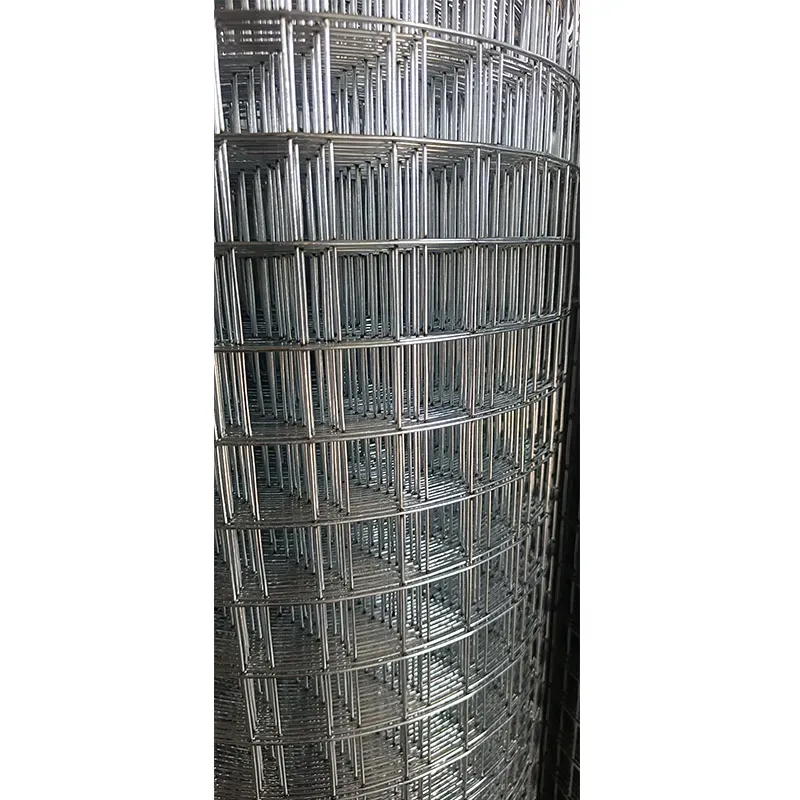Nov . 11, 2024 01:19 Back to list
Innovative Techniques for Cutting Wire Straight and Efficiently
Straight Cut Wire An Essential Component in Various Industries
Straight cut wire, often referred to as straightened and cut wire, is a fundamental component used across a broad spectrum of industries. Its applications range from construction and manufacturing to craft projects and custom metalwork. Understanding its features, applications, and advantages provides valuable insight into why it remains a go-to material for both industrial and creative ventures.
What is Straight Cut Wire?
Straight cut wire is essentially metal wire that has been straightened and cut to specific lengths. This wire can be made from various materials, including stainless steel, aluminum, brass, and carbon steel. The process of straightening and cutting ensures that the wire is uniform, smooth, and easy to handle, which is essential for achieving accurate results in manufacturing and assembly processes.
Applications of Straight Cut Wire
1. Construction Industry In the construction sector, straight cut wire is commonly used for reinforcing concrete, creating wire mesh, and fabricating structural support elements. Its strength and flexibility allow it to be bent into various shapes without losing integrity.
2. Manufacturing Many manufacturers utilize straight cut wire for making springs, hooks, brackets, and other components. Its preciseness and ability to be shaped into exact dimensions make it invaluable in producing high-quality finished goods.
3. Crafts and DIY Projects Many artisans and hobbyists use straight cut wire in a variety of creative projects. From jewelry making to home décor items, this wire can be manipulated easily to form intricate designs and structures.
straight cut wire

4. Agriculture In agricultural settings, straight cut wire is often used for fencing, trellises, and supporting plant growth. Its durability against weather and corrosion makes it an ideal choice for outdoor applications.
5. Automotive and Aerospace Industries In these high-demand environments, straight cut wire is utilized for a range of applications, including wire harnesses, supports, and fasteners. The precision and reliability of straight cut wire help ensure safety and performance in vehicles and aircraft.
Advantages of Using Straight Cut Wire
One of the primary advantages of straight cut wire is its versatility. It can be used in various applications, from heavy-duty industrial uses to delicate artistic designs. The wire can easily be cut to size, allowing users to tailor it to their specific needs.
Another benefit is its strength. Despite being lightweight, straight cut wire maintains impressive tensile strength, making it suitable for load-bearing applications. Additionally, depending on the material, it can offer resistance to corrosion and rust, further enhancing its longevity in outdoor or harsh environments.
Moreover, the manufacturing process of straight cut wire often ensures a high level of consistency. This uniformity in diameter and length results in a better fit and performance in assembly processes, which is especially crucial in industries where precision is paramount.
Conclusion
In conclusion, straight cut wire is an essential material that fulfills various roles across multiple industries. Its versatility, strength, and consistency make it a favored choice for construction, manufacturing, crafts, and agriculture. As technology advances and industries evolve, the demand for straight cut wire is likely to persist, ensuring its place as a fundamental component in modern manufacturing and creative projects alike. Whether you are a builder, manufacturer, or artist, understanding and utilizing straight cut wire can enhance the quality and efficiency of your work.
-
The Role of Field Wire Fence in Grassland Conservation
NewsJul.15,2025
-
Stainless Steel Razor Wire Durability in Coastal Environments
NewsJul.15,2025
-
Enhancing Home Security with Mesh Fences
NewsJul.15,2025
-
Diamond Mesh Wire for Small Animal Enclosures
NewsJul.15,2025
-
Common Wire Nail Tensile Strength Testing for Woodworking
NewsJul.15,2025
-
Barbed Wire Corrosion Resistance Galvanization Techniques
NewsJul.15,2025









